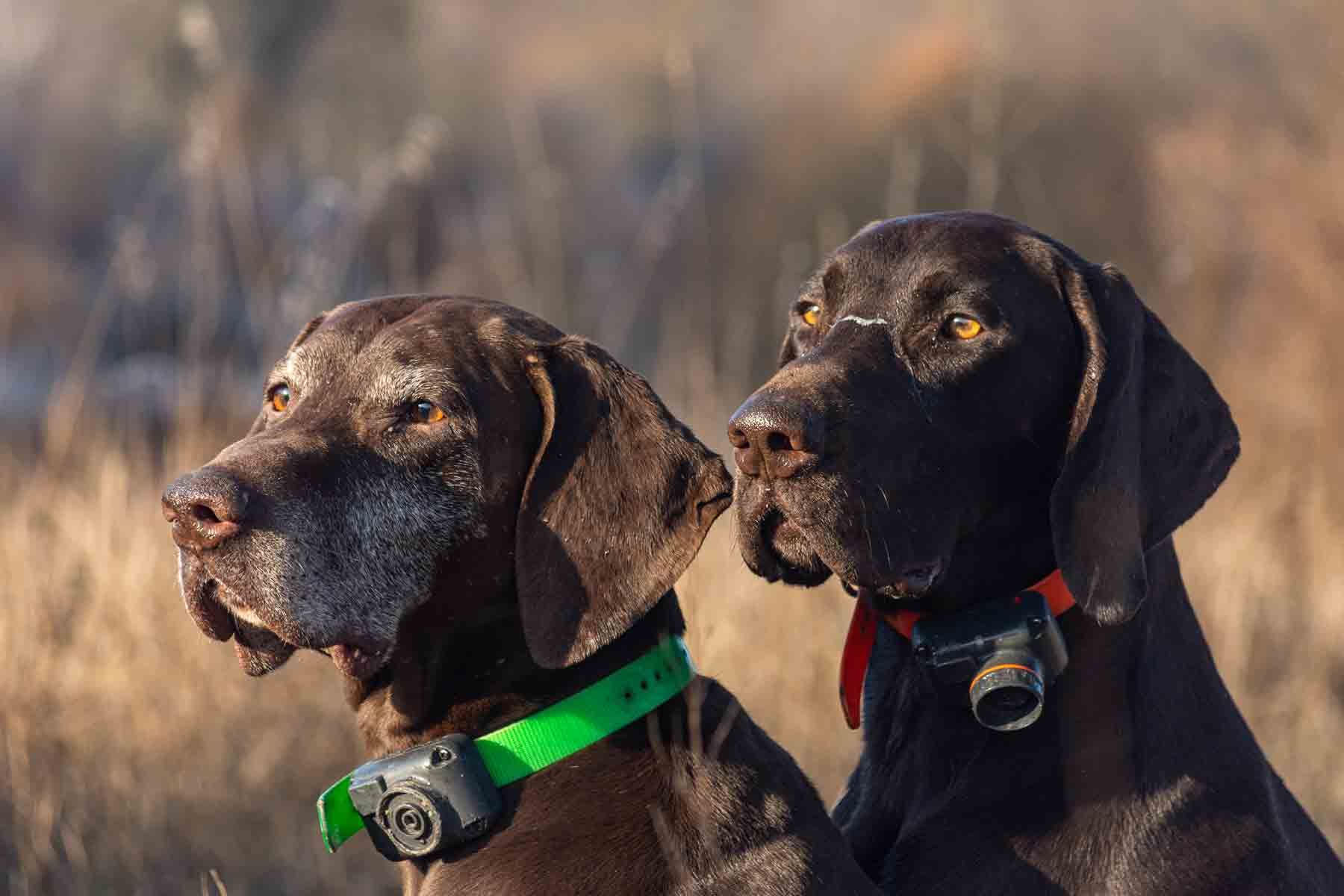

Articles
How Much Does Invisible Fence Cost
Modified: February 23, 2024
Discover articles that reveal the pricing of Invisible Fence and learn how much it costs to install and maintain. Find expert insights and helpful cost-saving tips.
(Many of the links in this article redirect to a specific reviewed product. Your purchase of these products through affiliate links helps to generate commission for Storables.com, at no extra cost. Learn more)
Introduction
Welcome to our comprehensive guide on the cost of invisible fences. If you’re a pet owner looking for a safe and effective way to keep your furry friend contained within your property, an invisible fence can be a great solution. Not only does it provide a boundary for your pet, but it also gives you peace of mind, knowing that your beloved pet is safe and secure.
But how much does an invisible fence cost? This is a common question among pet owners considering this type of containment system. In this article, we will explore the different factors that can affect the cost of an invisible fence, discuss the average cost of installation, and highlight additional costs you might encounter. We will also explore the benefits and drawbacks of using an invisible fence, compare DIY installation versus professional installation, and provide tips on choosing the right invisible fence system for your needs.
Before we delve into the costs, it’s important to understand what an invisible fence actually is. Unlike traditional fences that require physical barriers, an invisible fence consists of three main components: a boundary wire buried underground, a transmitter unit, and a receiver collar worn by your pet. The boundary wire creates a perimeter that your pet is trained to stay within. If they approach or cross the boundary, the receiver collar emits a warning beep or mild electric stimulus to deter them from proceeding further.
Now that we have a basic understanding of how invisible fences work, let’s examine the factors that can influence their cost.
Key Takeaways:
- The cost of installing an invisible fence typically ranges from $1,000 to $2,500, with additional expenses for extra receiver collars, battery replacements, and wire repairs. DIY installation offers potential cost savings, but professional installation ensures expertise and peace of mind.
- When choosing an invisible fence system, consider factors such as property size, number of pets, training requirements, brand reputation, additional features, and budget. Careful consideration of the cost, benefits, drawbacks, and system features will help pet owners make an informed decision.
Read more: How Does Invisible Fence Work
Understanding Invisible Fences
Invisible fences, also known as underground or electric fences, have gained popularity among pet owners as a flexible and less obtrusive alternative to traditional fences. They offer numerous benefits, such as maintaining the aesthetics of your property, providing a larger roaming area for your pet, and reducing the risk of your pet escaping or being injured.
As mentioned earlier, an invisible fence consists of a boundary wire, a transmitter unit, and a receiver collar. The boundary wire is usually buried a few inches underground, outlining the perimeter where you want your pet to stay. The transmitter unit, typically installed in a garage or other protected area, sends a radio signal through the boundary wire. The receiver collar, worn by your pet, picks up the signal and emits a warning sound or a mild electric stimulus when your pet approaches or crosses the boundary.
It’s important to note that an invisible fence is not a physical barrier and relies on training your pet to understand the boundaries. Prior to installing the fence, proper training is necessary to ensure your pet understands the consequences of crossing the boundary. This involves a gradual training process with positive reinforcement to familiarize your pet with the warning signals and reinforce their understanding of the boundary.
Some invisible fences offer additional features, such as adjustable boundary settings to accommodate different pets and training modes to suit their individual needs. Some systems also include a remote control option, allowing you to control the collar manually from a distance.
It’s worth mentioning that while invisible fences can be effective for most pets, they may not be suitable for every situation or every pet. Factors such as size, temperament, and health conditions should be taken into consideration when deciding whether an invisible fence is the right choice for your pet.
Now that we have a better understanding of how invisible fences work, let’s examine the various factors that can influence the cost of installing one.
Factors that Affect Invisible Fence Cost
The cost of installing an invisible fence can vary depending on several factors. Understanding these factors will help you estimate the overall cost and make an informed decision. Here are some key factors that can influence the cost of an invisible fence:
- Property Size: The size of your property is one of the main factors that will impact the cost of installing an invisible fence. The larger the area you want to enclose, the more wire and equipment you will need, resulting in a higher cost. Keep in mind that professional installation may be necessary for larger properties to ensure proper installation and coverage.
- Type of System: There are different types of invisible fence systems available, each with its own features and price points. Basic systems with fewer features tend to be more affordable, while advanced systems with additional capabilities, such as adjustable boundaries or remote control, may come at a higher cost.
- Number of Pets: If you have multiple pets that need to be contained within the invisible fence, the cost will increase accordingly. Each pet will require its own receiver collar, which adds to the overall expense.
- Installation Method: The method of installation can affect the cost of the invisible fence. DIY installation is generally more cost-effective since you will only need to purchase the necessary equipment. However, professional installation ensures proper placement of the boundary wire and optimal functionality of the system, albeit at a higher cost.
- Additional Features: Some invisible fence systems offer extra features, such as rechargeable collars, indoor pods to create exclusion zones, or smartphone connectivity. These additional features can increase the overall cost of the system.
It’s essential to consider these factors when estimating the cost of an invisible fence for your property. Keep in mind that while cost is an important factor, it’s equally important to choose a reliable and reputable brand that offers quality products and excellent customer support.
Now that we have discussed the factors that affect the cost, let’s move on to exploring the average cost of installing an invisible fence.
Average Cost of Invisible Fence Installation
The cost of installing an invisible fence can vary depending on several factors, including the size of your property, the type of system you choose, and whether you opt for DIY or professional installation. While it’s difficult to provide an exact figure, we can discuss the average cost range to give you a general idea.
On average, the cost of installing an invisible fence typically ranges from $1,000 to $2,500. This cost includes the necessary equipment, such as the boundary wire, transmitter unit, receiver collar(s), and any additional features or accessories you choose. It’s important to note that this cost estimation is for a standard installation with an average-sized property.
If you decide to hire a professional for the installation, you may incur additional costs for their services. Professional installation can range from $500 to $1,000, depending on factors such as the complexity of the installation, the size of the property, and the location of your residence.
However, if you prefer a more affordable option, you can opt for a DIY installation. DIY kits are available for purchase, and the cost typically ranges from $200 to $500, depending on the brand and the features included. These kits usually come with detailed instructions to guide you through the installation process, making it a feasible and cost-effective option for those with a smaller budget.
In addition to the initial installation cost, it’s important to consider any ongoing expenses associated with an invisible fence. These may include replacement batteries for the receiver collar(s), wire repairs, or system upgrades. It’s a good idea to factor in these potential costs when budgeting for your invisible fence installation.
Remember, these cost estimates are general averages and can vary based on your specific requirements, location, and chosen brand. To get a more accurate estimate, it’s recommended to request quotes from reputable invisible fence installation companies or retailers.
Now that we have discussed the average cost of installation, let’s explore additional costs that may be associated with an invisible fence.
Additional Costs for Invisible Fence
When considering the cost of installing an invisible fence, it’s important to be aware of any additional costs that may arise. These costs can vary depending on your specific needs and circumstances. Here are some common additional costs you may encounter:
- Extra Receiver Collars: If you have multiple pets that need to be contained within the invisible fence, you will need to purchase additional receiver collars. The cost of these collars can range from $50 to $150 each, depending on the brand and features.
- Battery Replacement: The receiver collars typically operate on batteries, which will need to be replaced periodically. The frequency of battery replacement can vary depending on the collar, but it’s important to factor in the cost of purchasing new batteries over time. Rechargeable collars may provide a more cost-effective option in the long run.
- Boundary Wire Repairs: While invisible fences are designed to be durable, the boundary wire may occasionally require repairs or replacements. Factors like landscaping, weather conditions, or accidental damage can contribute to wire breakages. The cost of wire repairs will depend on the extent of the damage and whether you choose to repair it yourself or hire a professional.
- Professional Training: While invisible fences rely on training your pet to understand and respect the boundaries, some pet owners may prefer to enlist the help of a professional trainer. The cost of professional training can vary, but it’s important to consider this as an additional expense if you choose to pursue this option.
- Maintenance and System Upgrades: Over time, you may decide to upgrade your invisible fence system or add additional features. These upgrades can come with their own costs, ranging from buying new equipment to hiring professionals to install the upgrades.
It’s important to factor in these additional costs when budgeting for an invisible fence. While they may not be significant compared to the initial installation cost, they contribute to the overall expenses associated with maintaining and optimizing the performance of your invisible fence system.
Now that we have covered the additional costs, let’s examine the benefits of installing an invisible fence for your pet.
When considering the cost of an invisible fence, factor in the size of the area to be covered, the number of pets, and the type of system (wired or wireless). Additionally, consider ongoing maintenance and potential additional costs for professional installation.
Read more: How Much Does A Concrete Fence Cost
Benefits of Installing an Invisible Fence
Installing an invisible fence for your pet comes with a range of benefits that can enhance their safety, freedom, and overall well-being. Here are some key advantages of installing an invisible fence:
- Safe and Secure Boundary: An invisible fence provides a safe and secure boundary for your pet. It allows them to roam freely within your property while preventing them from straying into potentially dangerous areas such as busy roads or neighboring properties.
- Preserves Aesthetics: Unlike traditional fences, invisible fences are hidden underground, preserving the appearance of your property. This is especially beneficial for homeowners in neighborhoods with strict HOA regulations that restrict the visibility of exterior modifications.
- Expansive Roaming Area: Invisible fences can provide a larger roaming area for your pet compared to traditional fences. This allows them to enjoy more space to run, play, and explore while still remaining within the defined boundaries.
- Preserves Views: If you live in a scenic area or have a beautiful backdrop surrounding your property, an invisible fence allows you to maintain unobstructed views. This is particularly advantageous if you want to enjoy the natural landscape without visually disrupting it with a physical fence.
- Easy to Maintain: Invisible fences require minimal maintenance compared to traditional fences. There is no need to regularly paint, repair, or replace physical barriers. The only maintenance typically required is occasional wire inspections and battery replacement in the receiver collars.
- Customizable Boundaries: With an invisible fence, you have the flexibility to customize the boundaries to suit your property and your pet’s needs. You can adjust the range and shape of the boundary wire to accommodate landscaping features or exclude specific areas within your property.
- Peace of Mind: An invisible fence provides peace of mind for pet owners. It gives you the assurance that your furry friend is protected and confined to a designated area, reducing the risk of accidents, injuries, or escapes.
Overall, installing an invisible fence offers a convenient and effective solution for pet owners who want to provide a safe and secure environment for their pets while preserving the aesthetics of their property. It allows your pet to enjoy their freedom while giving you peace of mind.
Now that we have explored the benefits, let’s delve into the potential drawbacks of using an invisible fence.
Drawbacks of Using an Invisible Fence
While invisible fences have numerous benefits, it’s important to consider the potential drawbacks before deciding if this type of containment system is suitable for you and your pet. Here are some of the drawbacks associated with using an invisible fence:
- Limited Physical Barrier: Unlike traditional fences, invisible fences do not provide a physical barrier. This means that other animals can enter your property, potentially causing conflicts with your pet. Additionally, some determined or highly motivated pets may be willing to cross the boundary despite the mild stimulus, especially if they are highly motivated or distracted.
- Training Requirements: Proper training is crucial for the effectiveness of an invisible fence. Training your pet to understand the boundaries and respect the warning sounds or mild stimulus requires time, consistency, and patience. Some pets may require more intensive training than others, and not all pets may respond well to the training methods associated with an invisible fence.
- Potential Discomfort: The mild electric stimulus emitted by the receiver collar can cause some discomfort or anxiety for your pet. While it is usually designed to be safe and humane, it’s important to carefully consider your pet’s temperament and sensitivity when deciding if an invisible fence is the right choice. Moreover, some pets may develop a negative association with the yard due to the association with the stimulus.
- Reliance on Batteries: Invisible fence systems that use receiver collars typically rely on batteries to power the collars. This means that you will need to regularly replace or recharge the batteries to ensure the effectiveness of the system. Failure to do so may result in your pet not receiving the warnings or deterrents when crossing the boundary.
- Risk of Equipment Malfunction: Like any electronic system, invisible fences are susceptible to equipment malfunctions. The transmitter unit or receiver collar may experience technical issues that could affect their functionality. Regular maintenance and inspections are necessary to identify any potential problems and ensure that the system is operating properly.
- Not Suitable for All Pets: Invisible fences may not be suitable for every pet. Some pets may not respond well to the training methods or may find the boundary stimulus either frightening or ineffective. Additionally, pets with certain health conditions, such as heart problems or hearing impairments, may be at a higher risk of negative outcomes when using an invisible fence system.
It’s essential to weigh the drawbacks against the benefits and carefully consider your pet’s individual needs and characteristics before deciding if an invisible fence is the right choice for your situation.
Now that we have discussed the potential drawbacks, let’s compare the cost of DIY installation versus professional installation.
DIY vs. Professional Installation: Cost Comparison
When it comes to installing an invisible fence, you have the option to either take the DIY route or hire a professional for the installation. Both options come with their own advantages and considerations, including differences in cost. Let’s compare the cost of DIY installation versus professional installation to help you make an informed decision:
DIY Installation:
One of the main advantages of choosing a DIY installation is the potential cost savings. By purchasing an invisible fence DIY kit, you can save on the labor costs associated with professional installation. DIY kits typically range from $200 to $500, depending on the brand and features included.
However, it’s important to consider that DIY installation requires a certain level of technical skills and knowledge. You will be responsible for accurately measuring and mapping out your property, burying the boundary wire, and setting up the transmitter unit and receiver collars. Improper installation can compromise the effectiveness and reliability of the system, leading to potential issues.
Additionally, if you encounter any difficulties or complications during the installation process, you may incur additional costs for troubleshooting or purchasing additional materials. It’s crucial to thoroughly read and follow the instructions provided by the manufacturer and consider your own capabilities before attempting a DIY installation.
Professional Installation:
Hiring a professional for the installation of your invisible fence provides several advantages. Firstly, professionals have experience and expertise in designing and installing reliable and effective systems. They will ensure proper placement of the boundary wire, calibrate the system appropriately, and provide guidance on the training process for your pet.
The cost of professional installation can range from $500 to $1,000, depending on factors such as the complexity of the installation, the size of the property, and the location of your residence. While this may seem like a higher upfront cost compared to DIY installation, professional installation offers peace of mind and a guarantee that the system will be correctly installed and optimized for maximum performance.
Moreover, professional installation often comes with additional services such as training or troubleshooting support, which can be valuable for pet owners who are less confident in their ability to train their pets or troubleshoot any system issues in the future.
In summary, DIY installation can save you money in terms of labor costs, but it requires technical skills and knowledge to ensure proper installation. On the other hand, professional installation offers peace of mind, expertise, and additional services, but comes with a higher initial cost.
Now that we have compared the costs of DIY versus professional installation, let’s move on to choosing the right invisible fence system for your needs.
Choosing the Right Invisible Fence System
When it comes to choosing an invisible fence system for your pet, there are several factors to consider to ensure you select the right system that meets your needs. Here are some key factors to consider when choosing the right invisible fence system:
- Property Size and Type: Assess the size and type of your property to determine the appropriate system. Larger properties may require systems with a greater range and more advanced technology to ensure proper coverage. Additionally, consider the terrain and any landscaping features that may affect the installation and functionality of the system.
- Number of Pets: If you have multiple pets, it’s important to choose a system that can accommodate them. Some systems allow for multiple receiver collars to be used, while others have limitations. Ensure that the system you choose can handle the number of pets you have.
- Training and Behavior Considerations: Different pets have different temperaments and training needs. Some invisible fence systems offer various training modes, adjustable stimulus levels, or even vibration-only options. Consider your pet’s training requirements and choose a system that provides the appropriate training features for their needs.
- Brand Reputation and Customer Support: Research and choose a reputable brand for your invisible fence system. Read customer reviews and testimonials to ensure that you are selecting a reliable and high-quality product. Additionally, consider the availability and responsiveness of customer support in case you encounter any issues or have questions.
- Additional Features: Determine if there are any specific additional features or accessories that you require. This could include options such as rechargeable collars, indoor pods to create exclusion zones, or smartphone connectivity for remote control and monitoring.
- Budget: Consider your budget and select a system that aligns with your financial constraints. Remember to take into account not just the initial installation cost, but also any potential ongoing costs, such as battery replacements or system upgrades.
It’s recommended to consult with a professional or knowledgeable retailer when choosing an invisible fence system. They can provide guidance based on your specific needs and help you select a system that is suitable for your property and pet.
Lastly, always ensure that you follow the manufacturer’s instructions and guidelines for installation, training, and maintenance to maximize the effectiveness and longevity of your invisible fence system.
Now that we have explored the factors to consider when choosing a system, let’s conclude our comprehensive guide on the cost of invisible fences.
Read more: How Much Does Privacy Fence Cost
Conclusion
Invisible fences offer a convenient and effective solution for keeping your pet safely contained within your property while preserving the aesthetics of your surroundings. As we have seen throughout this comprehensive guide, the cost of installing an invisible fence can vary depending on various factors, such as property size, type of system, number of pets, and installation method.
On average, the cost of installing an invisible fence ranges from $1,000 to $2,500. This cost includes the necessary equipment, but additional expenses may arise, such as extra receiver collars, battery replacements, wire repairs, and professional training.
When considering an invisible fence, it’s important to weigh the benefits against the drawbacks. Benefits include providing a safe boundary, preserving aesthetics, offering a larger roaming area, and peace of mind. However, drawbacks include the lack of a physical barrier, training requirements, potential discomfort for pets, reliance on batteries, and the need for proper maintenance.
You also have the option to choose between DIY installation and professional installation. DIY installation presents potential cost savings but requires technical skills, while professional installation ensures proper placement and functionality but comes with a higher upfront cost.
When choosing an invisible fence system, consider factors such as property size, number of pets, training requirements, brand reputation, additional features, and your budget. Consulting with professionals or knowledgeable retailers can assist in selecting the right system for your needs.
In conclusion, an invisible fence can be a valuable investment for pet owners seeking a safe and secure solution to contain their pets. It provides them with the freedom to roam while giving you peace of mind. By carefully considering the cost, benefits, drawbacks, installation options, and system features, you can make an informed decision and provide your furry friend with a secure and happy environment.
Frequently Asked Questions about How Much Does Invisible Fence Cost
Was this page helpful?
At Storables.com, we guarantee accurate and reliable information. Our content, validated by Expert Board Contributors, is crafted following stringent Editorial Policies. We're committed to providing you with well-researched, expert-backed insights for all your informational needs.
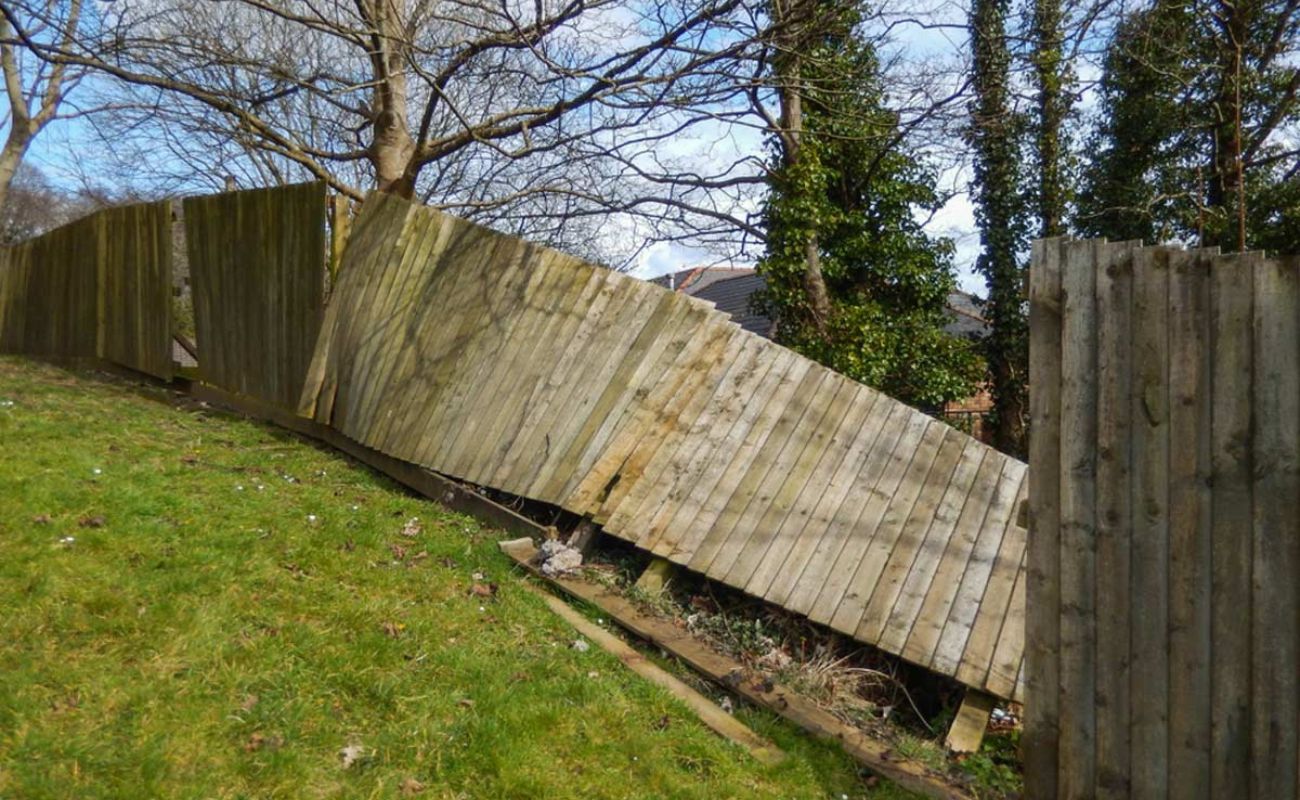
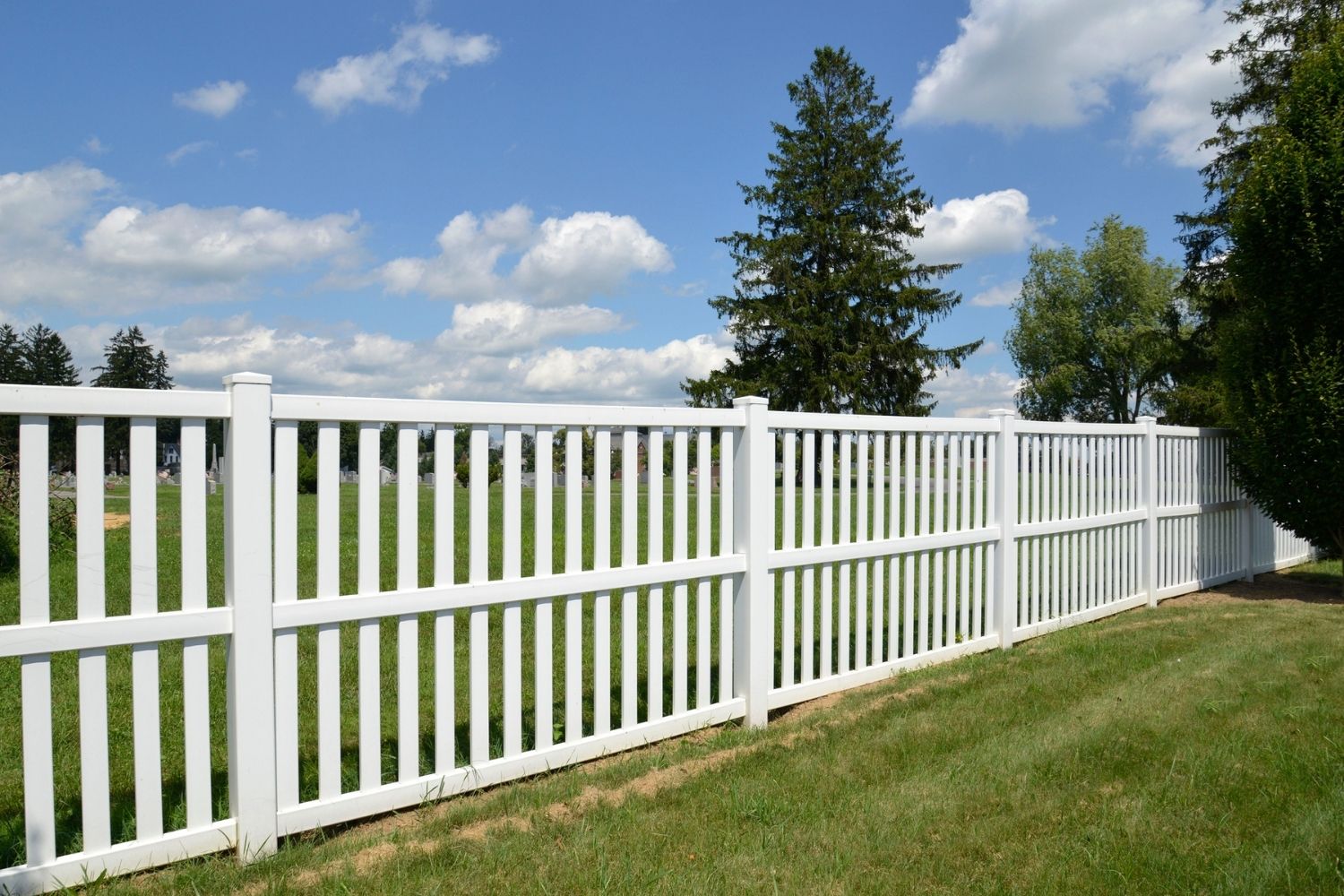
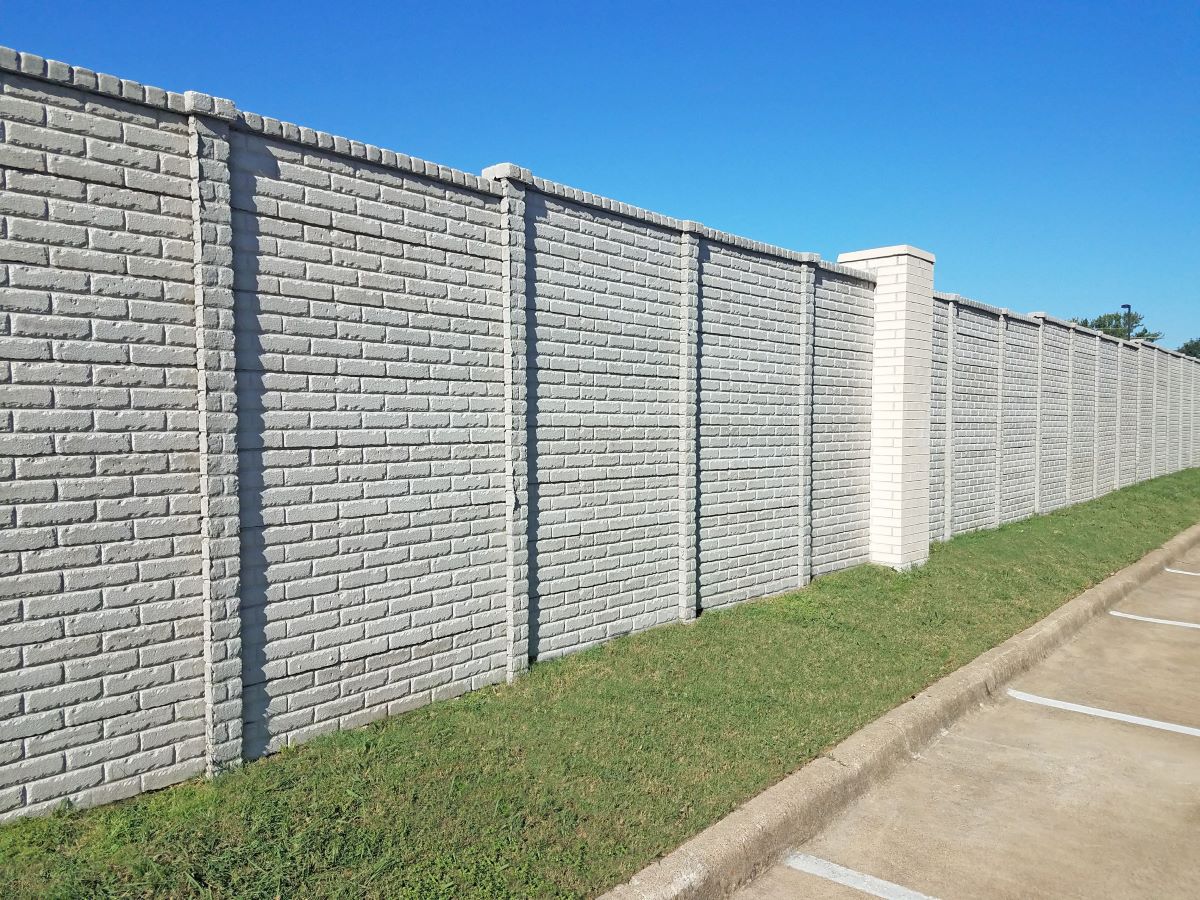
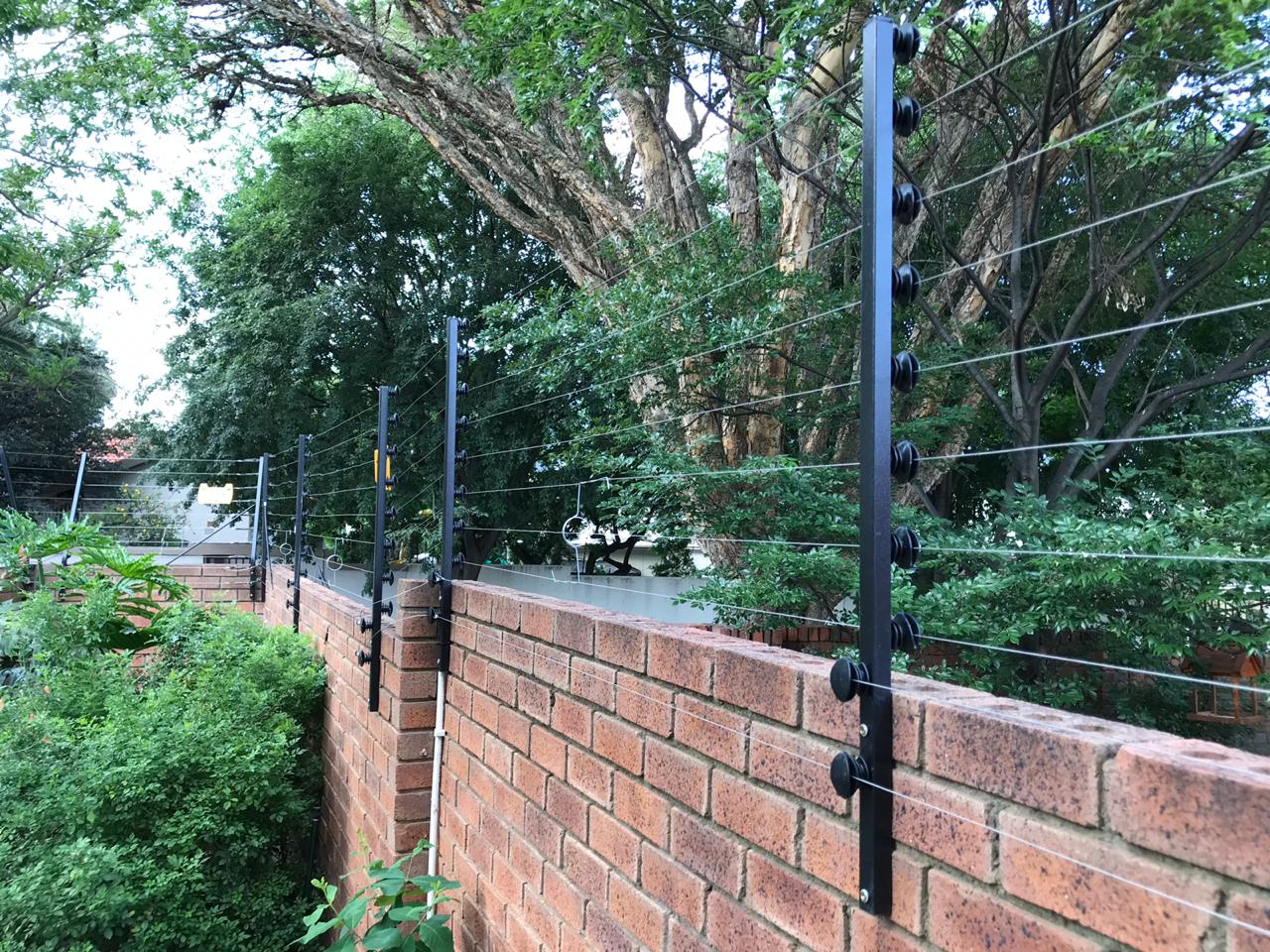
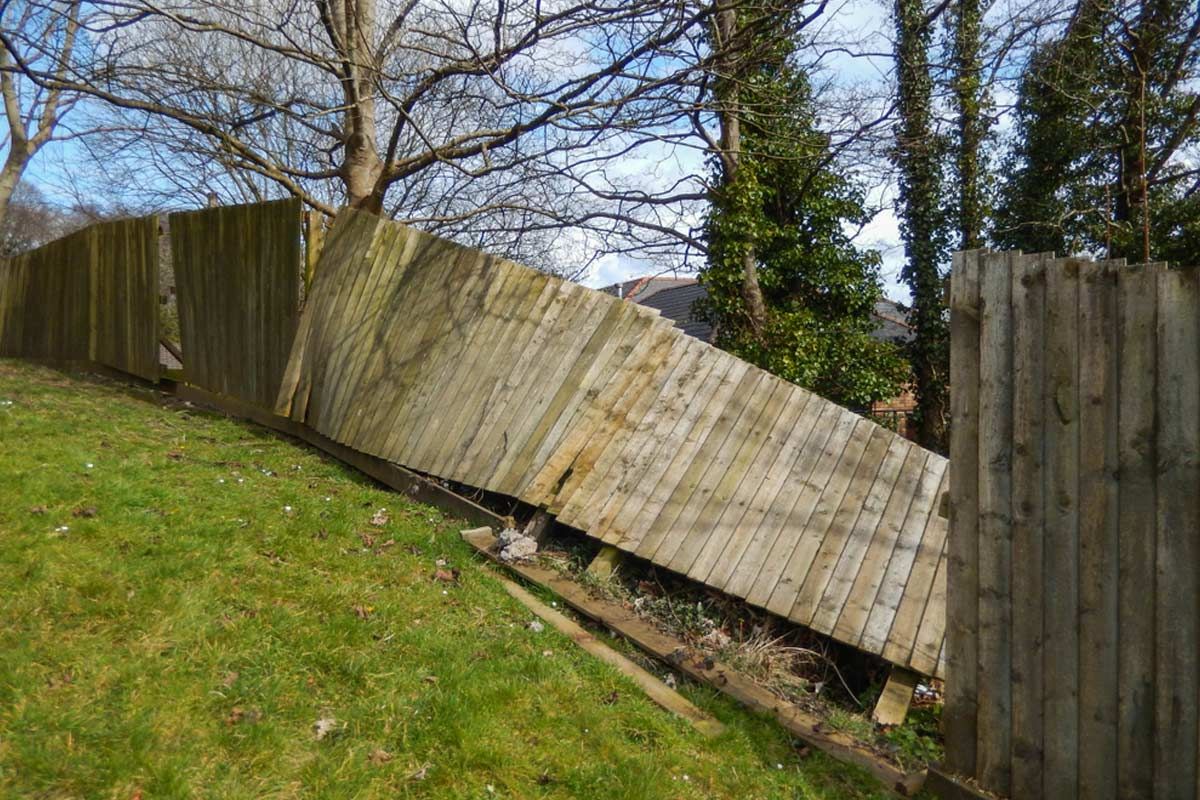
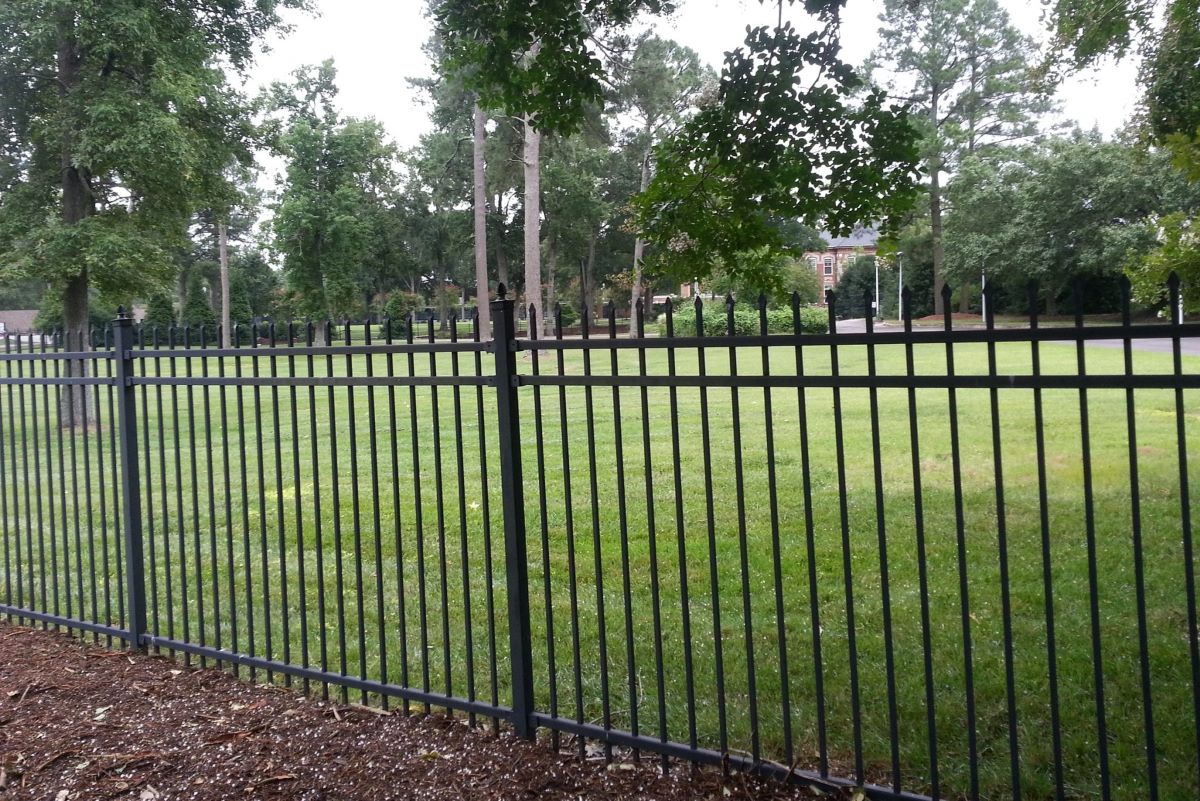
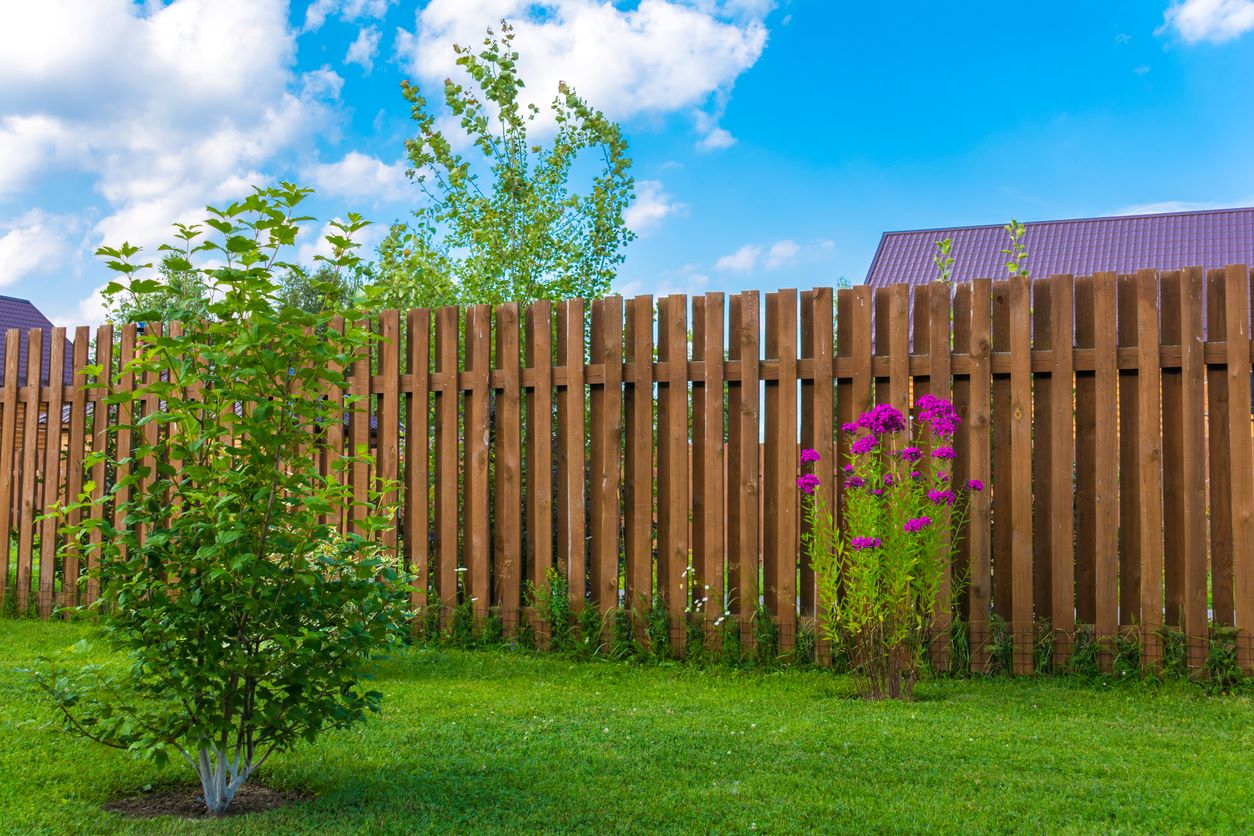
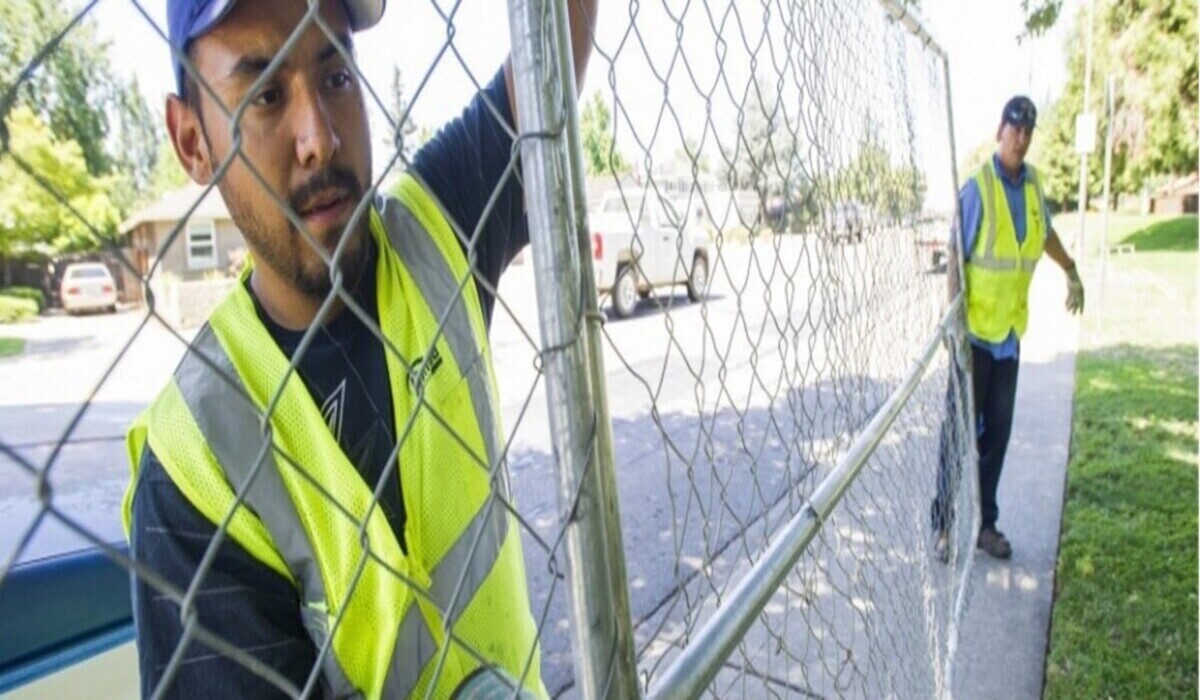
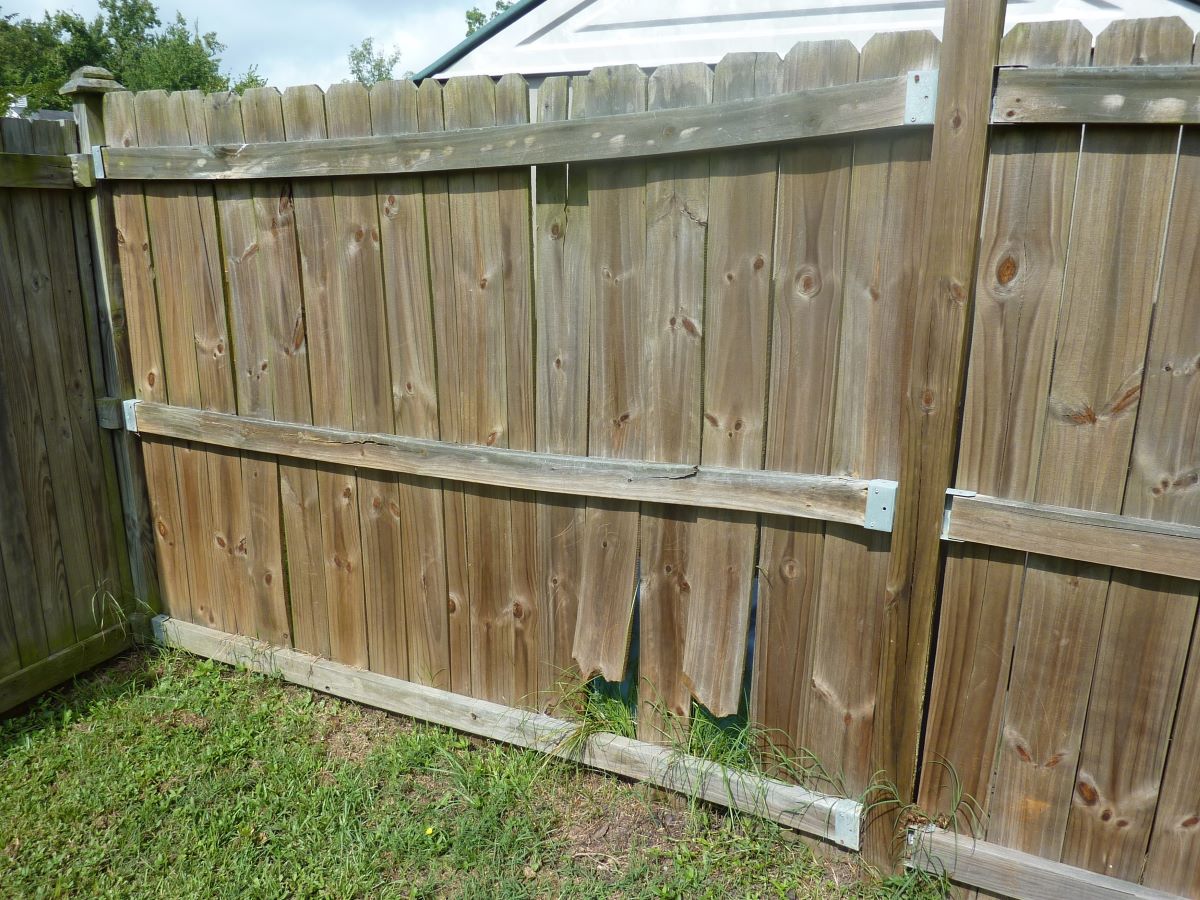
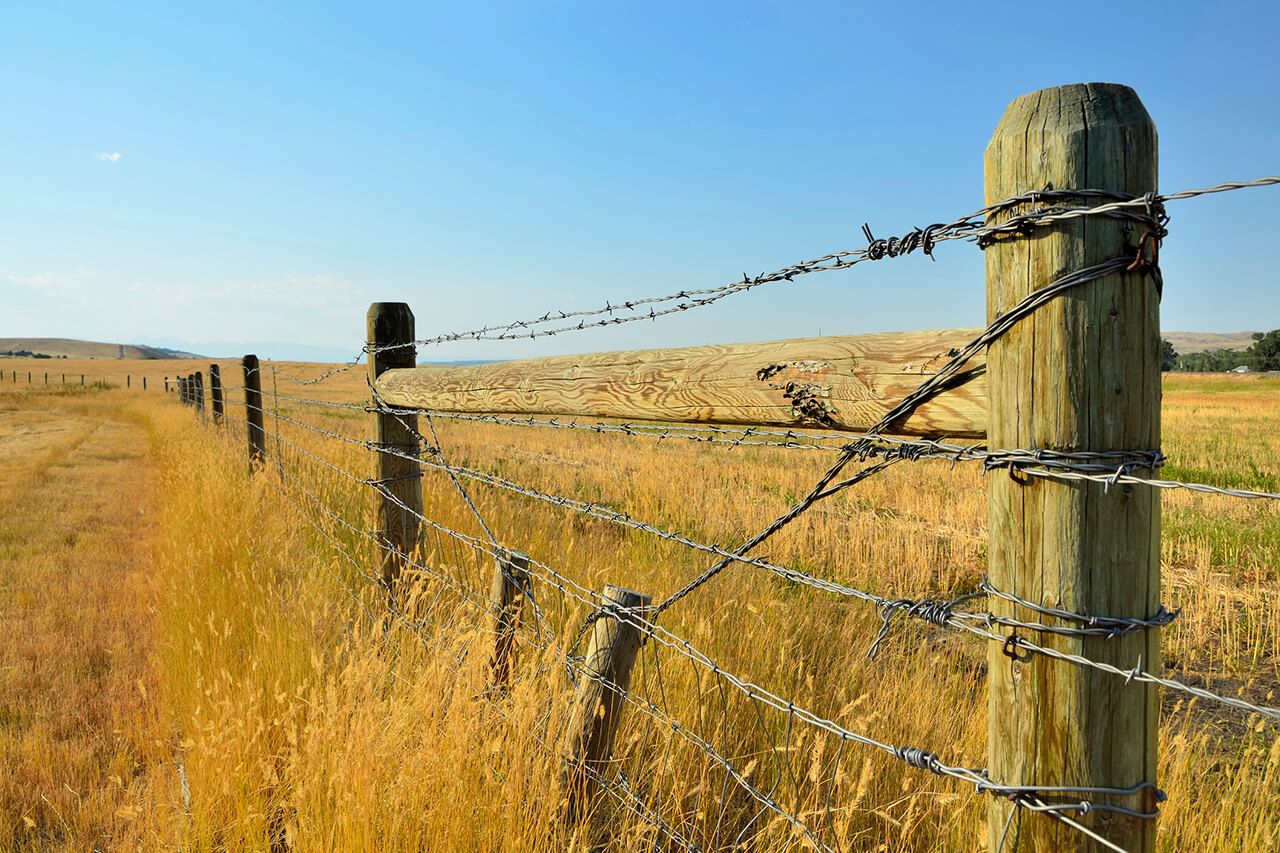
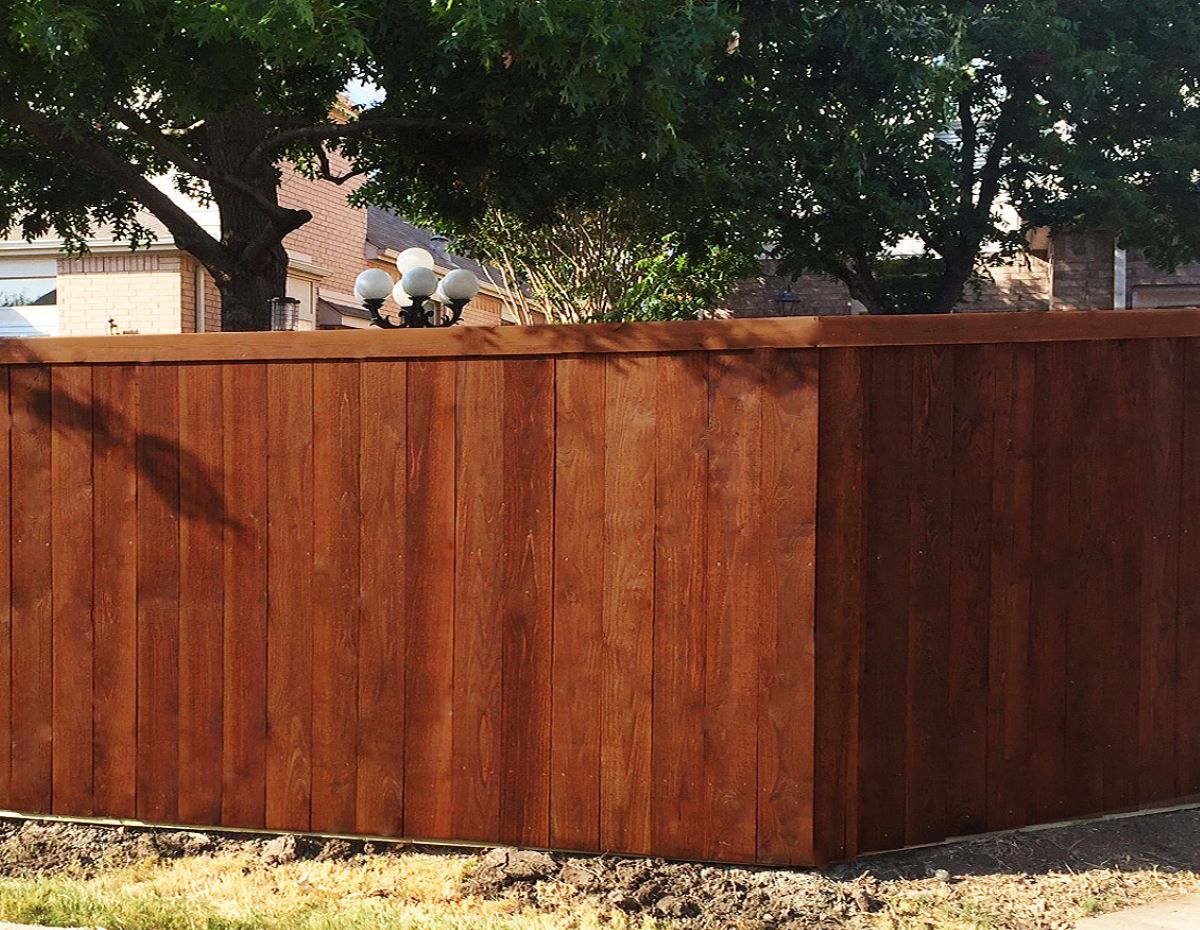
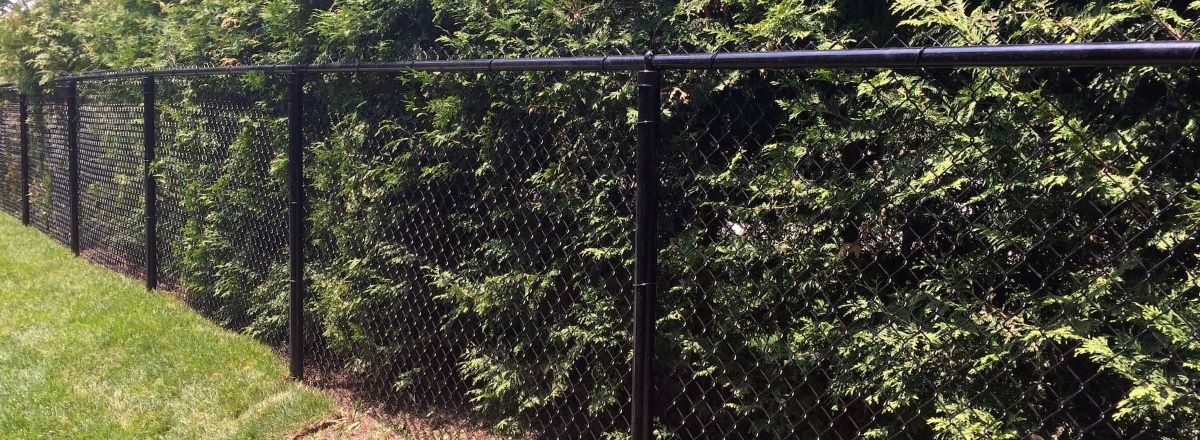
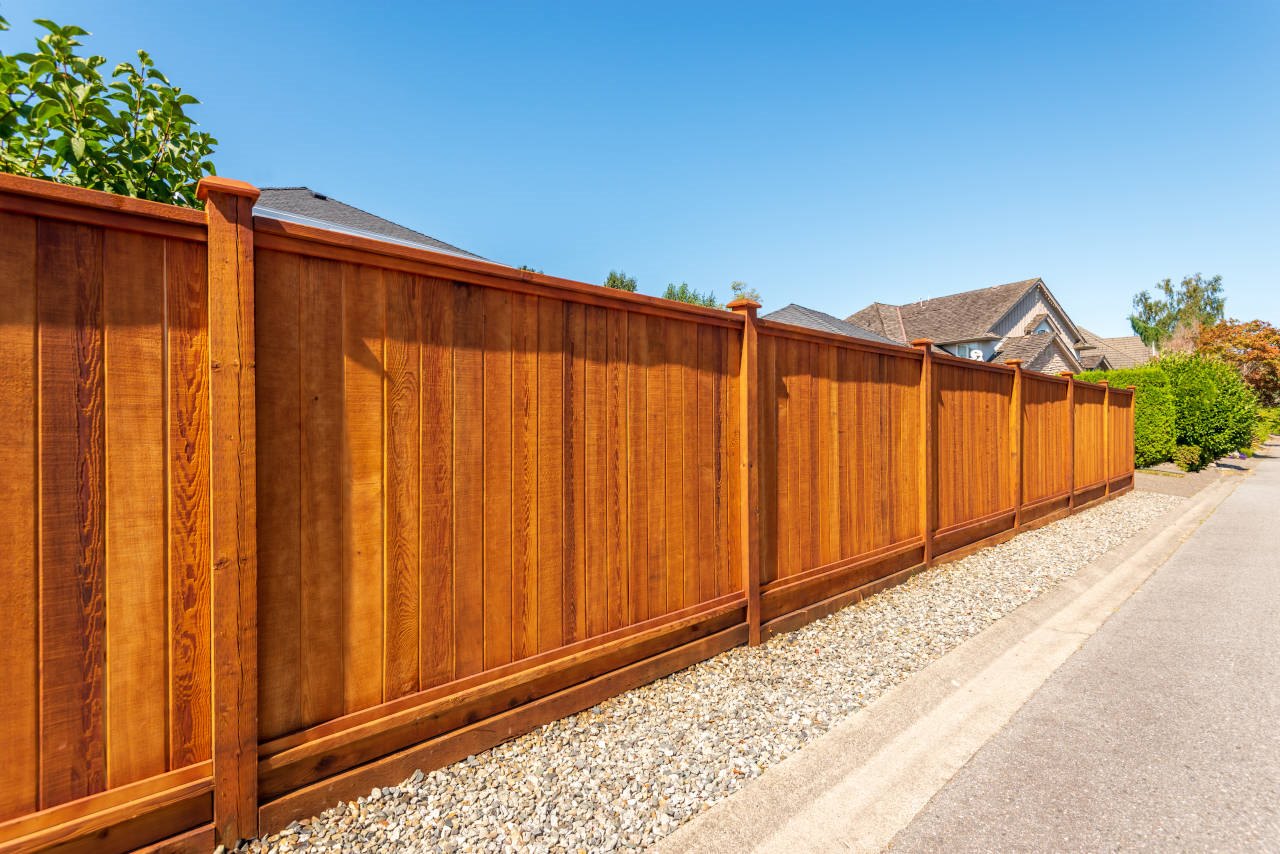

0 thoughts on “How Much Does Invisible Fence Cost”